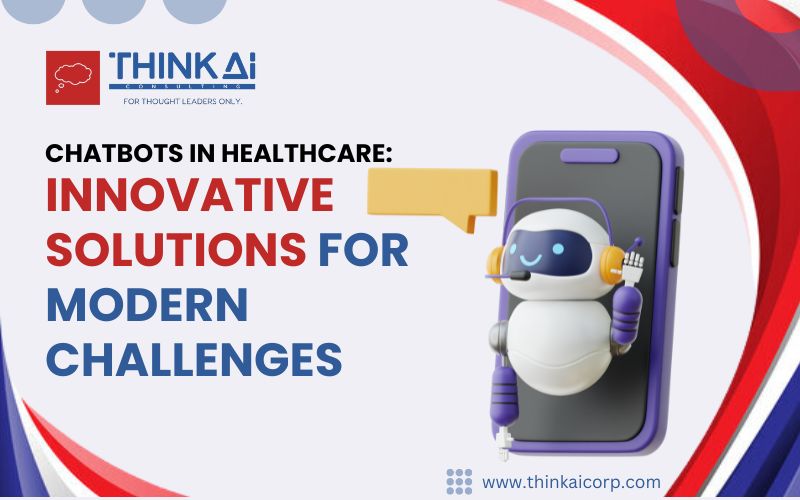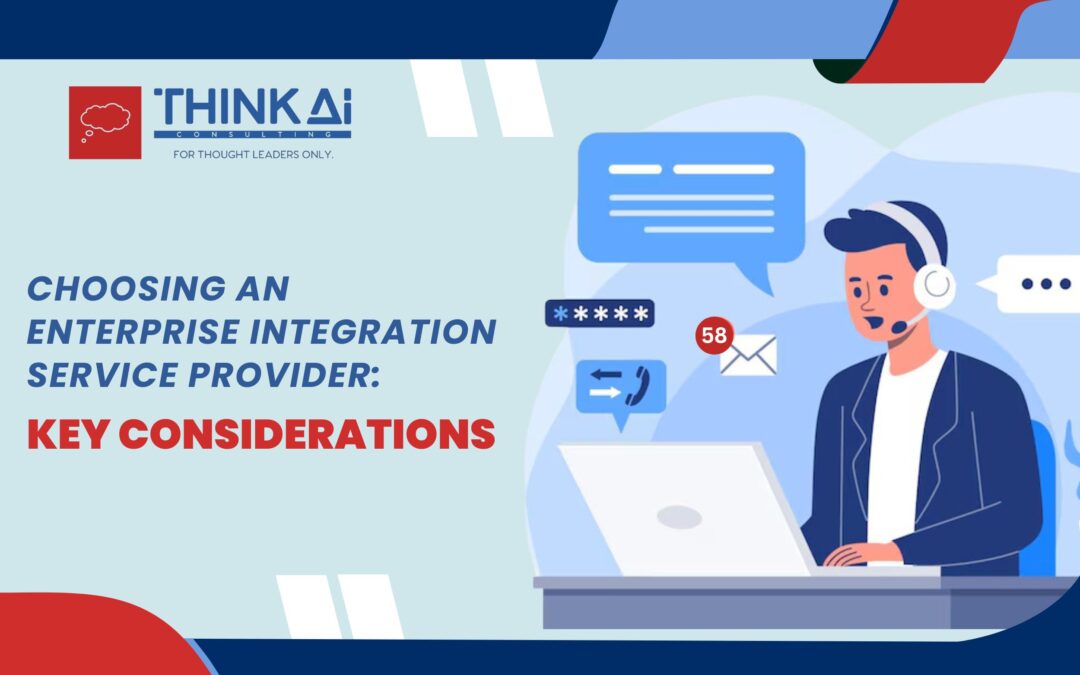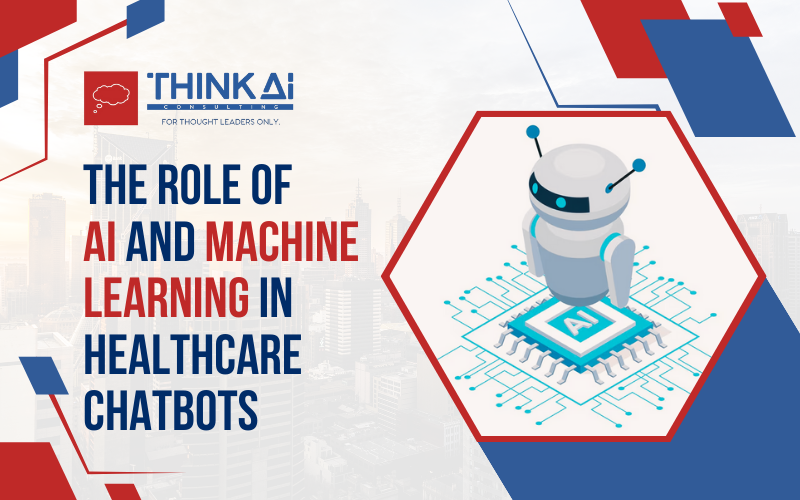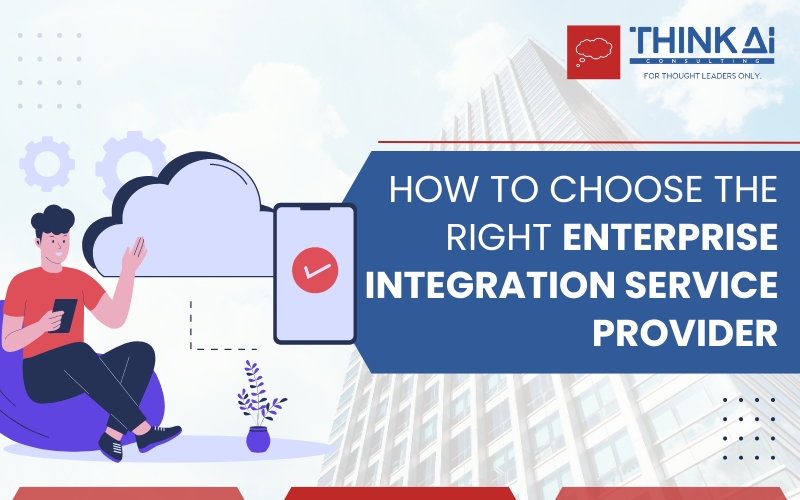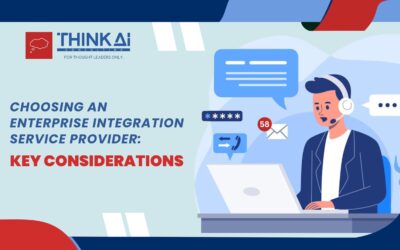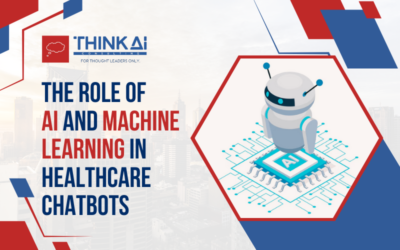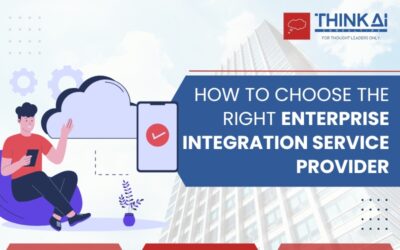A chatbot is application software powered by artificial intelligence that interacts with humans and answers their queries. Due to its relevance in multiple business segments, chatbots are being extensively used by all kinds of businesses.
Modern chatbots are high-end artificial intelligence software created using complex algorithms and machine learning functionalities to perform various conversational tasks without real human help in runtime.
Some of the most common use for Chatbots can be in the following fields:
- Virtual Assistants – Businesses use chatbots for a variety of cases, such as customer service. An AI chatbot can
- answer user queries with ease,
- help users book services,
- get more information about a specific topic, or
- buy a product, etc.
Using chatbots for these routine tasks allows human agents to focus on more relevant problems resulting in more team efficiency.
- Predictive Intelligence – Data and information is the most valuable asset that powers the modern digital economy. However, to harness the true benefits of data, and make data-driven decisions, it needs to be transformed. Using AI chatbots and their predictive intelligence businesses can harness the true value of the available data.
- Process Automation – The process of collecting data from various reports and perform an analysis to determine the profitability of a particular business path can be automated using intelligent algorithms (of AI chatbots).
Types of Chatbots
Based on their integral functions and the way of working there are two types of chatbots:
ONE – AI (ARTIFICIAL INTELLIGENCE) CHATBOTS
For a chatbot to be able to do more than simply answer pre-fed questions, it has to be AI (Artificial Intelligence) powered. AI chatbots use machine learning (ML) and Natural Language Processing (NLP) to understand the context and intent of a question before formulating a response. AI chatbots also use analytics platforms and various API integrations to define the answers and so that the chatbot can provide the user with the most appropriate answer.
AI chatbots learn from every interaction with the end-users. The more they are trained and the more they interact with users, the better they become.
Benefits of Using AI Chatbots
Many people view AI Bots as a more sophisticated version of chatbots. It is assumed that AI chatbots work well for companies with a lot of data, which is not true. Although they take longer to train initially, AI chatbots save a lot of time in the long run. These chatbots can:
- learn from information gathered
- continuously improve as more data comes in
- understand patterns of behavior
- have a broader range of decision-making skills
- can understand many languages
TWO – RULE BASED CHATBOTS
Rule-based chatbots or decision-tree bots use a series of defined rules. These rules are the basis for the types of problems the chatbot is familiar with and can deliver solutions for. Rule-based chatbots map out conversations based on given inputs, like a flowchart.
Rule-based chatbots can use very simple or complicated rules. They can’t, however, answer any questions outside of the defined rules. These chatbots do not learn through interactions. Also, they only work with the scenarios they are trained for.
Benefits of Using Rule-Based Chatbots
Rule-based chatbots:
- are faster to train
- integrate easily with legacy systems
- streamline the handover to a human agent
- are highly accountable and secure
- can include interactive elements and media
- are not restricted to text interactions
Which chatbot is right for your business?
Undoubtedly AI chatbots are more intelligent and capable of doing much more than their rule-based counterparts. However, for smaller companies or businesses with specific goals, rule-based chatbots can be more appropriate. If your business comes under any of these categories, a rule-based chatbot is an ideal solution for you:
- You know the goal you’re leading people towards
- You’re interested in using a chatbot as an FAQ resource
- Your chatbot will funnel users to human agents
- You don’t have a ton of example conversations to feed it
However, if you are looking forward to a more futuristic and intelligent solution for your organization to simplify your customer support needs or to take care of routine tasks with ease, an AI chatbot is what you need. The cost of implementation of an AI chatbot is no longer exorbitant.
Conclusion
Chatbots streamline interactions between people and services, enhancing customer experience. At the same time, they offer you new opportunities to improve the customer’s engagement process and operational efficiency by reducing the cost of customer service.
To be successful, a chatbot solution should be able to effectively perform both of these tasks. Human support plays a key role here: Regardless of the kind of approach and the platform, human intervention is crucial in configuring, training, and optimizing the chatbot system.
If you are ready to implement a chatbot for your business, assess your needs appropriately, identify the business functions where you are going to implement it, and then try to find out which solution will accurately serve your needs. If you need professional help in making this decision, Think AI chatbot consultants are happy to help. Get in touch with us and share your chatbot service requirements.

Manish works primarily with implementing cutting-edge technology for thought leaders who can envision moving their company into the future of business. These technologies include application of Artificial Intelligence, chatbots, Business Intelligence, and Data Analytics through Power BI. He is your ideal partner to guide you through a complex technology transition in your business.
President of International Association of Microsoft Channel Partners (IAMCP) SoCal
Strong focus on customer service with a history of A++ client satisfaction
Awarded the 2019 IAMCP SoCal Partner Choice Award
Awarded the ABAOC 2019 Presidential Award of the year



